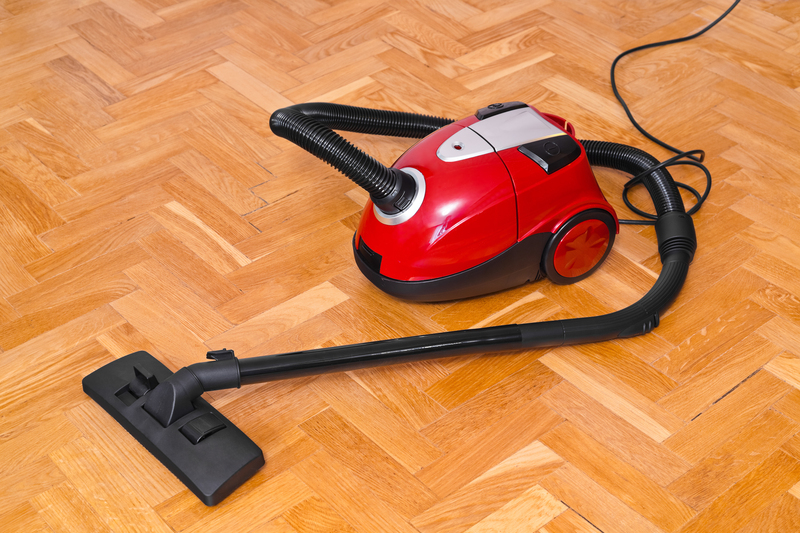Protecting Garden Tools by Removing Rust Properly
Posted on 27/08/2025
Garden tools are essential for maintaining a lush and healthy garden. However, these tools often fall victim to rust, which can significantly shorten their lifespan and efficiency. Learning to remove rust properly is vital for ensuring the longevity and functionality of your garden tools. In this article, we'll delve into the steps to remove rust and discuss the pros and cons, helpful tips, takeaways, and a conclusion.
Understanding Rust Formation
Rust forms when iron, oxygen, and moisture come into contact, creating iron oxide. This process is known as oxidation. Garden tools, which are frequently exposed to water and air, are particularly susceptible to rust. Rust not only weakens the metal but also makes tools harder to use. Timely rust removal can prevent these issues, extending the life of your garden tools.

Steps to Remove Rust Properly
Gather Necessary Supplies
Before you begin, you'll need to gather the following supplies:
- Protective gloves
- Wire brush or steel wool
- Sandpaper (various grits)
- Vinegar or baking soda
- Old cloths or rags
- Bucket of water
- Protective eyewear
Initial Cleaning
Start by cleaning off any dirt or debris from the tools using a brush or cloth. This preliminary step ensures that the rust removal process is more effective.
Soaking the Tools
There are several methods to soak rusty tools:
- Vinegar Soak: Fill a bucket with vinegar and submerge the rusty tools for 24 hours. Vinegar is acidic, which helps dissolve rust.
- Baking Soda Paste: Mix baking soda with water to form a thick paste. Apply it to the rusty areas and let it sit for a few hours before scrubbing it off.
Scrubbing Off Rust
After soaking, use a wire brush or steel wool to scrub off the loosened rust. You may need to apply some muscle, but this step is crucial for removing as much rust as possible.
Rinse and Dry
Once you've scrubbed off the rust, rinse the tool thoroughly with water and dry it completely with a cloth. Any remaining moisture can cause rust to form again.
Sanding
Use sandpaper to give the tool a final polish. Start with a courser grit to remove any remaining rust and finish with a finer grit to smooth the surface.
Apply a Protective Coating
After cleaning, apply a thin layer of oil to the tool. This acts as a barrier between the metal and moisture, preventing future rust formation. Popular oils include motor oil or linseed oil.
Pros and Cons of Rust Removal Methods
Vinegar Method
- Pros: Easily available, affordable, effective for light to moderate rust.
- Cons: Strong smell, time-consuming, requires proper disposal.
Baking Soda Method
- Pros: Non-toxic, safe to use, effective for light rust.
- Cons: Less effective for heavy rust, requires more scrubbing.
Rust Removal Tips
- Always wear protective gloves and eyewear when working with rust removal chemicals.
- Store garden tools in a dry place to prevent rust formation.
- Regularly oil your tools to keep them in good condition.
- After using tools, wipe them clean and dry before storing.

Key Takeaways
- Rust forms when iron, oxygen, and moisture come in contact; it weakens garden tools.
- Effective rust removal requires proper cleaning, soaking, scrubbing, and protecting with oil.
- Both vinegar and baking soda methods are effective, each with its pros and cons.
- Preventive maintenance can save you time and effort down the road.
Conclusion
Properly removing rust from garden tools is essential for maintaining their efficacy and longevity. By following these steps and tips, you can successfully remove rust and protect your tools from future damage. Regular maintenance and care will ensure that your garden tools remain in good condition, helping you maintain a healthy and beautiful garden.




